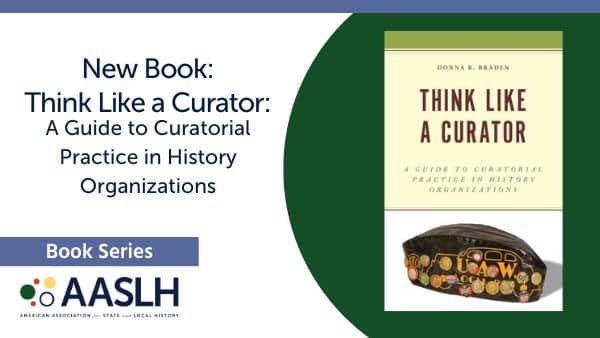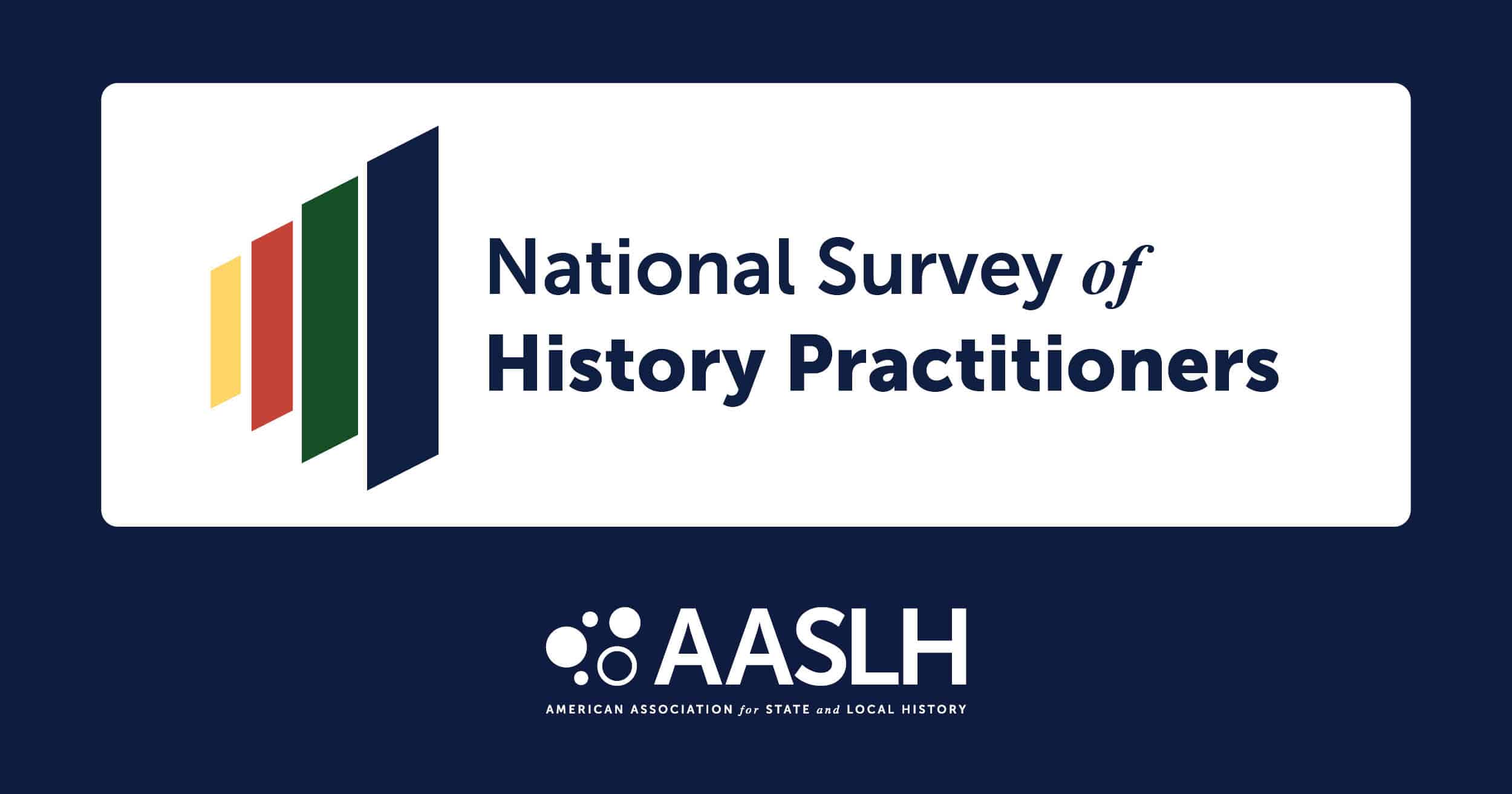 I’ve worked closely with AASLH’s Small Museum Committee since 2007. Since then, this dedicated group has launched an online newsletter, increasingly successful scholarship campaigns, and now, this incredible online community.
I’ve worked closely with AASLH’s Small Museum Committee since 2007. Since then, this dedicated group has launched an online newsletter, increasingly successful scholarship campaigns, and now, this incredible online community.
About a year ago, the editors of the Small Museum Toolkit – six books published through AASLH’s partnership with AltaMira Press – asked me to draft a preface for the series. That work is now in print and available here. It was an honor then, as it is now, to submit this slightly edited version of that preface for the SMOC.
Bob Beatty, Vice President for Programs
American Association for State and Local History
I have a confession to make. Until I began working at AASLH, I never truly understood the work done in small museums. Sure, I’d visited them, talked with peers who worked as both paid and unpaid (read: volunteer) staff, and appreciated the role they play in their communities and the historical narratives they promote. But I never “got it” until I arrived here.
So what have I learned? First and foremost, small museums are the bedrock of the American museum profession. You won’t find museums the size of the Smithsonian, nor will you find historic sites like Colonial Williamsburg in every American community, but you’ll often find a small museum, sometimes more than one.
We history professionals often talk about being caretakers of America’s past, but those who work in the smaller institutions are the true keepers of our nation’s memory. They care for the objects and their communities’ histories, stories that would likely be lost without that care. Quite simply, without small museums, our knowledge of the past and its narrative would be incomplete.
The second thing I’ve learned, and been truly humbled by, is the passion and dedication possessed by people working at small museums. You’ll rarely hear these folks complain about lacking resources; that’s just part of the job. Instead of approaching a challenge with why it can’t be done, they look at how it can be done within the given restrictions. They’re as adept at answering phones and giving tours, as they are with processing collections or unclogging a toilet (the latter falling in the job description’s “other duties as assigned” category).
Against this backdrop, small museum professionals maintain a keen sense of humor. At several gatherings of small museum folks over the years, we’ve had fun with a game we call, “You know you work in a small museum if…” Responses ranged from, “Your staff meetings are when all staff members turn around in their office chairs at the same time” to, “You’re the first one to work after a snowstorm, so you get to shovel the sidewalk and plow the parking lot.” My absolute favorite is, “You hear a guest say, ‘Your staff should really do…’ and you think, ‘Hey, I’m my staff!’”
I believe our peers and colleagues have moved beyond using the term “small museums” as a pejorative, as they once did. Now we all celebrate small museums. We at AASLH often talk about how larger museums can learn from smaller institutions, about how to serve as effective stewards, and about how to engage our communities in deep, meaningful ways. Small museums have so much to teach us, and our peers and colleagues at those institutions are ever willing to share.
The best thing I’ve discovered about people in the history field is their willingness to share ideas, processes, and mutual support. This is especially true about folks working in small museums. On top of everything else, they bring wisdom and expertise. Every small museum session, luncheon, or affinity event I’ve attended has been packed. Whether they occur during or after the formal sessions, the resulting discussions always stimulate, inspire, and often spill out into the hallways.
So what does all this have to do with the Toolkit? A lot! Its chapters offer myriad voices and contexts. The thirty-plus authors in this series work—or have worked—in small museums. Their credibility is unquestionable. They address long- and short-term challenges, while acknowledging and incorporating the reality of shoestring budgets. They’ve participated in, and led national discussions on, these issues. And their passion is contagious. It’s a lesson well-articulated, a lesson from which we can all learn.
Whether you’re a seasoned small museum professional, a newly minted executive director, or a museum studies or public history student, this Toolkit should provide all the necessary tools and strategies. I hope that you’ll continue carrying the torch for small museums in your community and in the larger museum field. Your role is critical to the present and future of the museum world.



